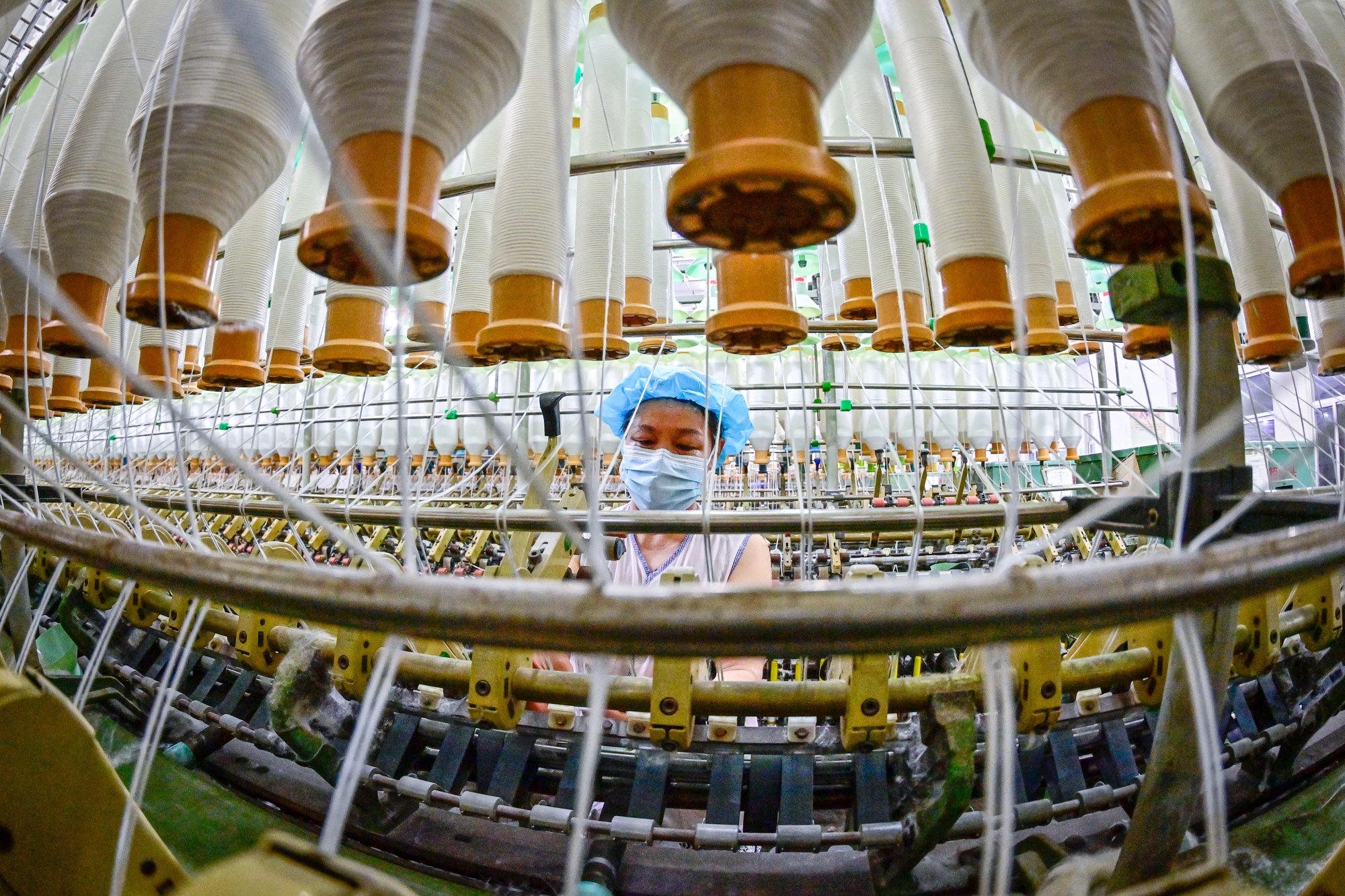Earlier this year, PMI readings fell for five months in a row starting in April. After a brief expansion in September, they started falling again in October
A reading above 50 typically indicates expansion of activity, while a reading below that suggests a contraction.
The statistics bureau pointed to an “increasingly complicated, tough and uncertain” external environment as a key reason for the continued fall.
China may be going through an ‘unusual’ time but 5-year plan remains on track
China may be going through an ‘unusual’ time but 5-year plan remains on track
“A reduction in overseas orders as well as insufficient demand from the domestic market are the major difficulties, as some companies complained in our survey,” Zhao Qinghe, a statistician from the bureau, said.
The non-manufacturing PMI, an indicator for services activity, stood at 50.4 in December, a mild improvement after it had slipped to 50.2 last month, the lowest point since December last year.
The construction subindex jumped to 56.9 from 55 in November, mainly because some companies accelerated construction before Lunar New Year in February, he said.

Overall, the composite PMI, which is composed of both manufacturing and services, fell to 50.3 slightly down from 50.4 in November.
The past year started on an optimistic note as the country started reopening following years of strict Covid controls. But the rebound was weaker than expected in the face of headwinds such as a bleak export outlook, weak confidence in the private sector and a local government debt crisis.
In recent months, the central government has unveiled a series of measures to prop up growth.
Beijing also pledged to make development the biggest political priority at the central economic work conference earlier this month, vowing to counter a slew of risks in its vast economy and lift confidence in the coming year.
Economic powerhouses told to ‘get bolder’ in 2024 to aid China’s recovery
Economic powerhouses told to ‘get bolder’ in 2024 to aid China’s recovery
“We believe growth will be stronger next year relative to 2023, based primarily on a cyclical recovery in the property sector,” a research note from Rhodium Group said.
“However, the structural issues left unaddressed in 2023 will continue to drag down China’s potential growth.”


